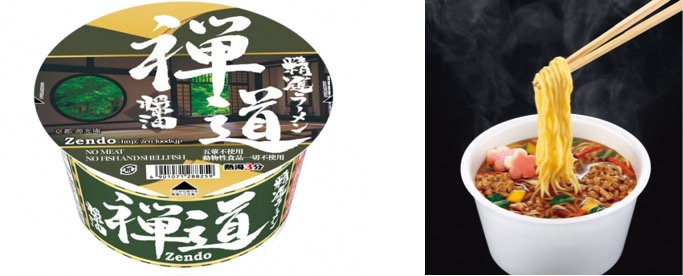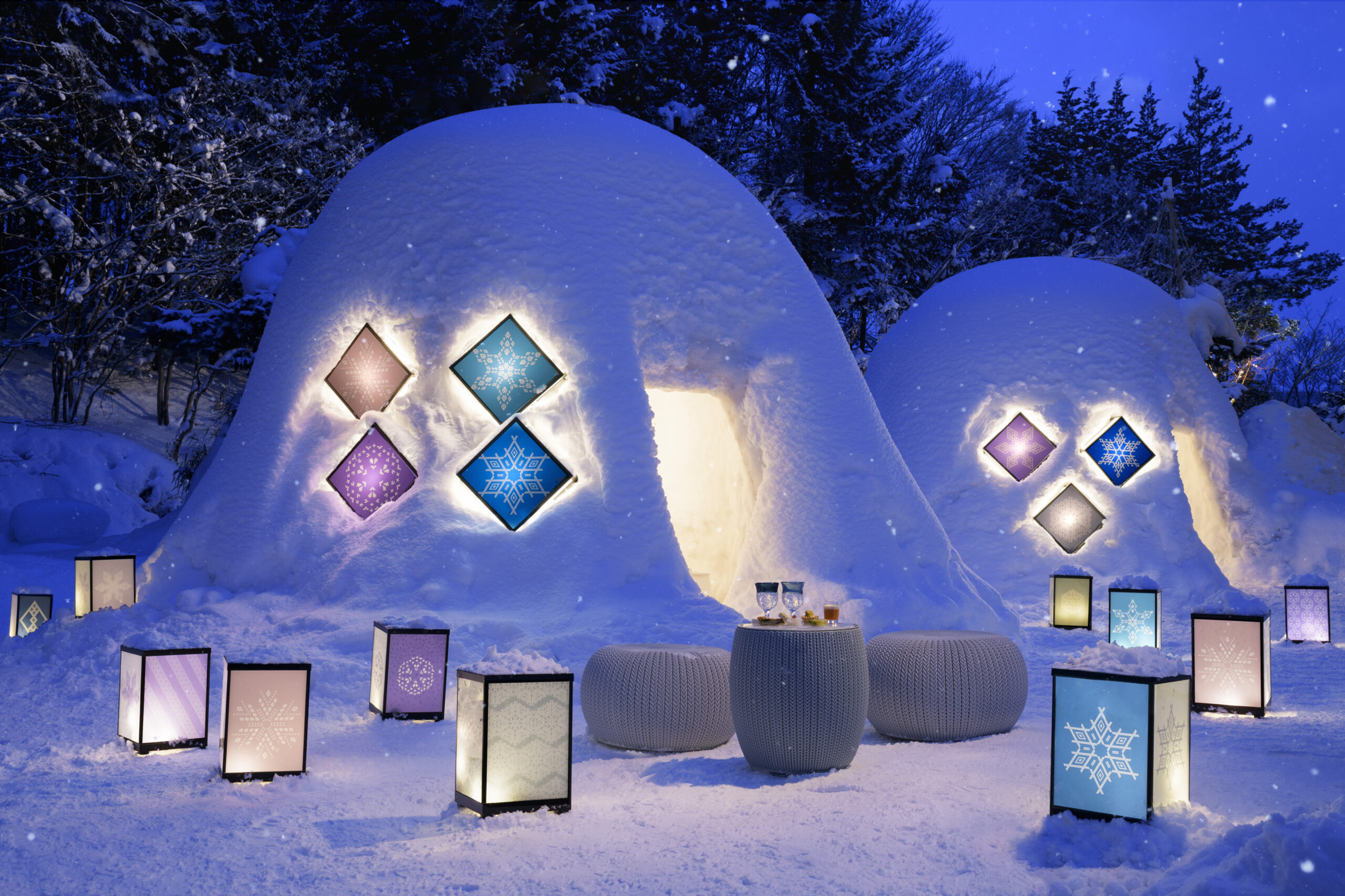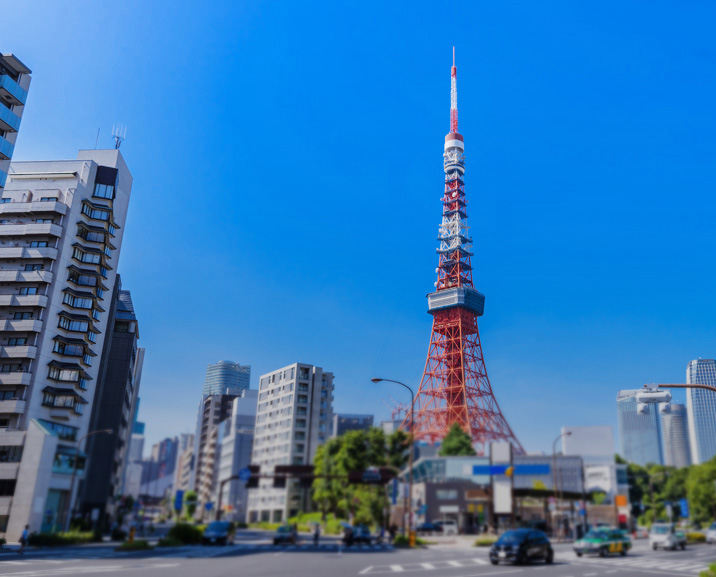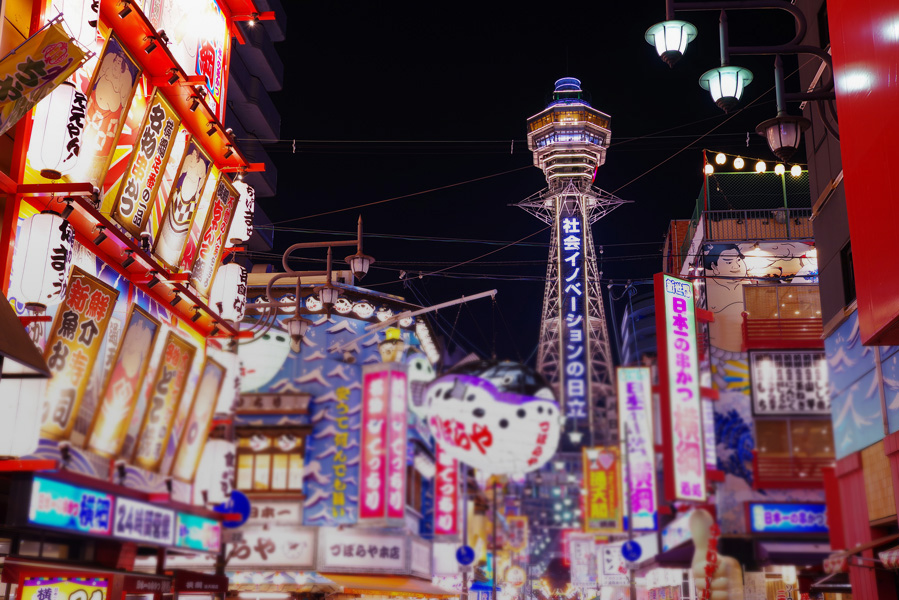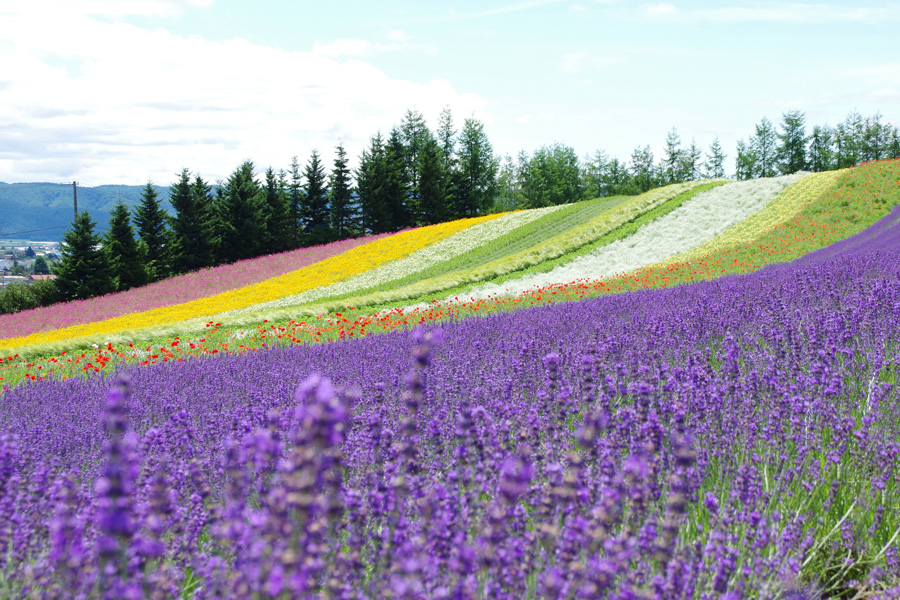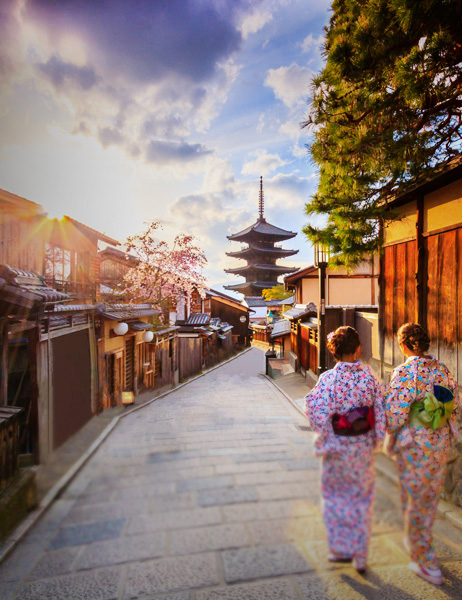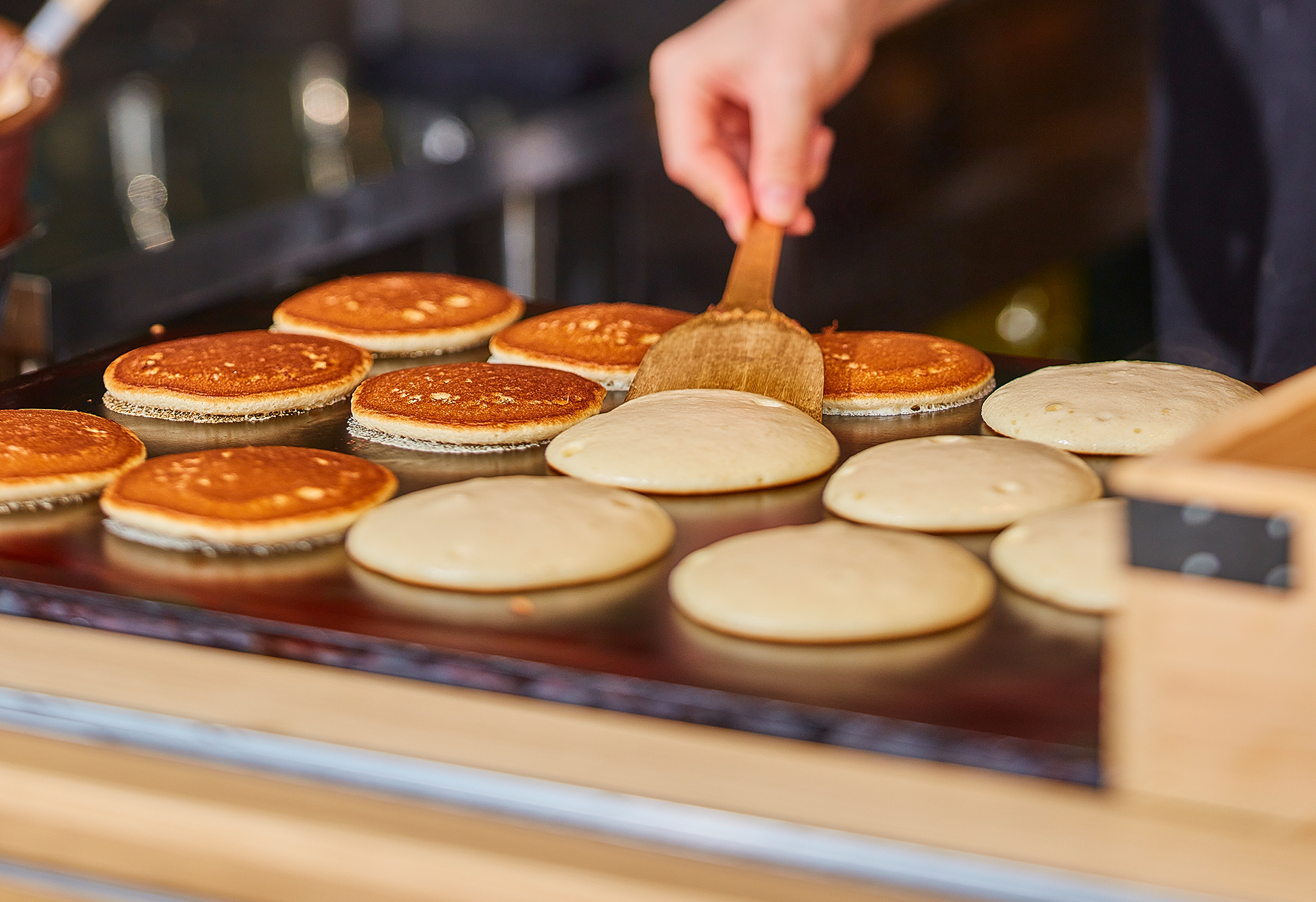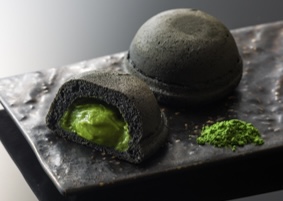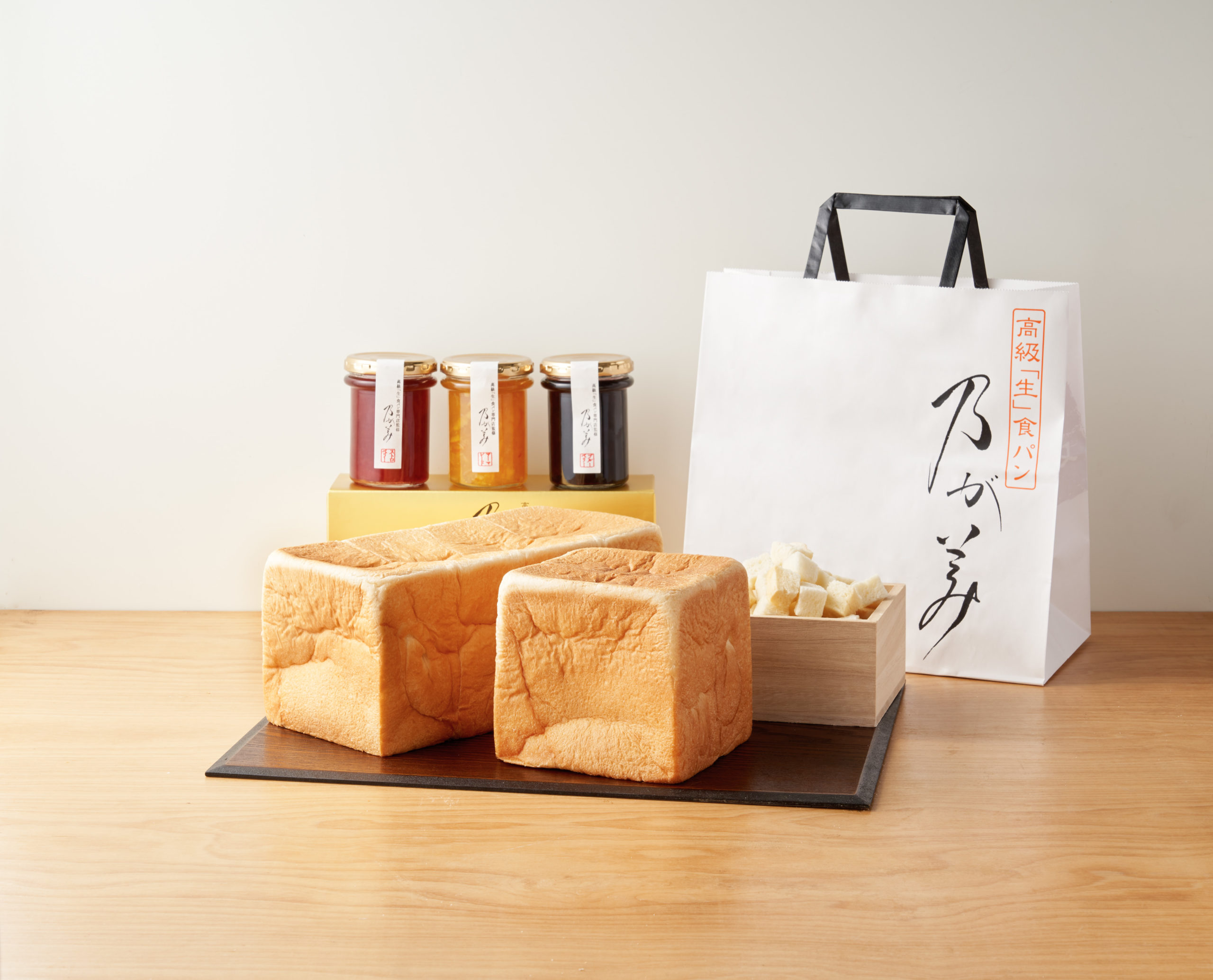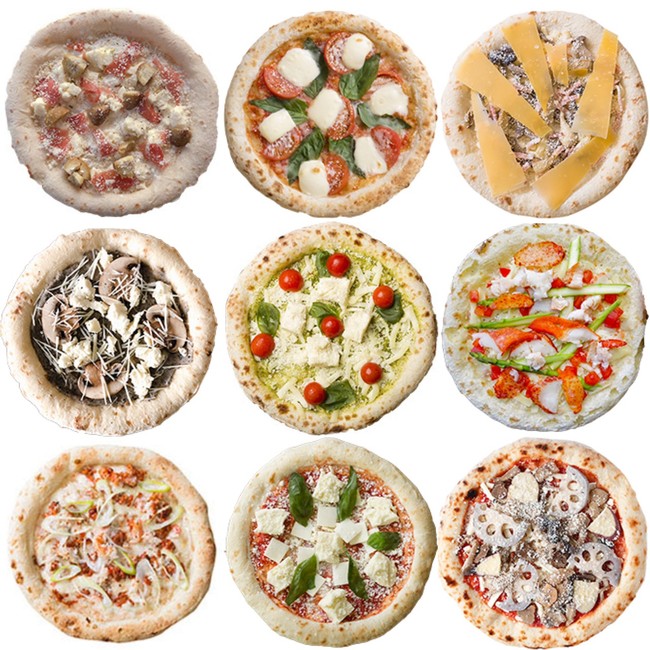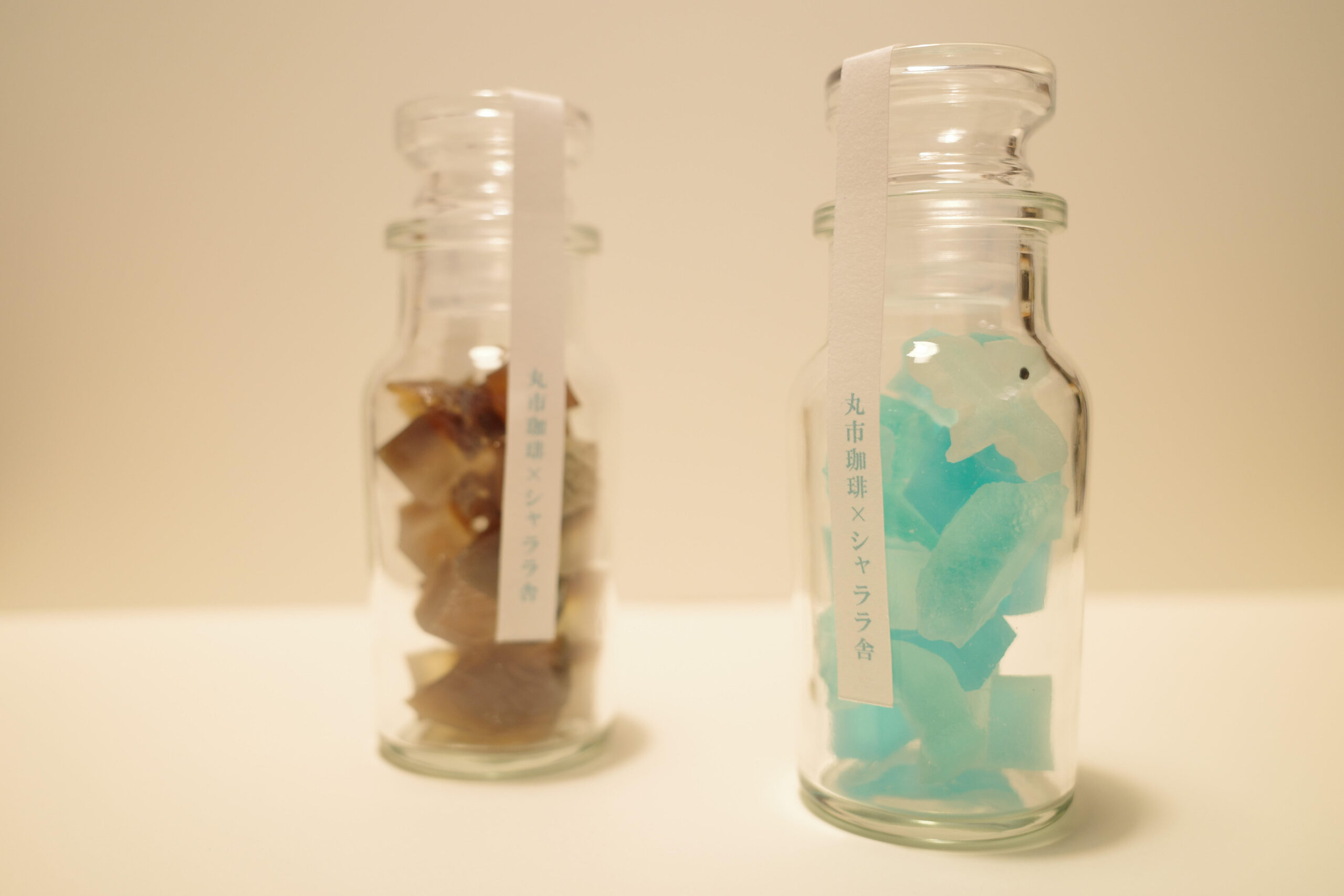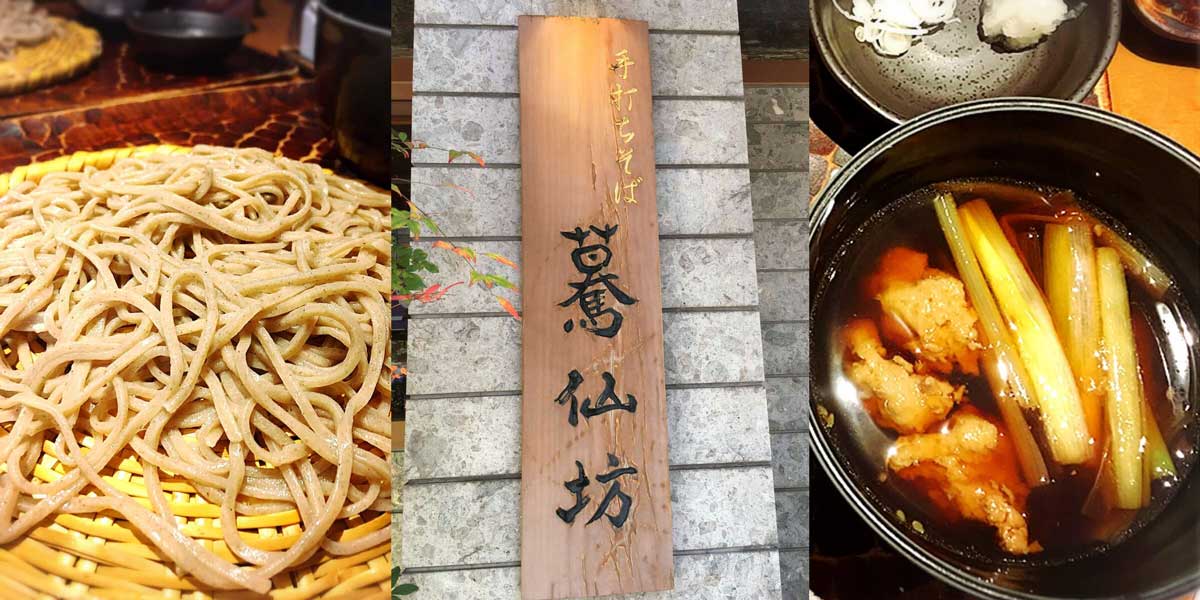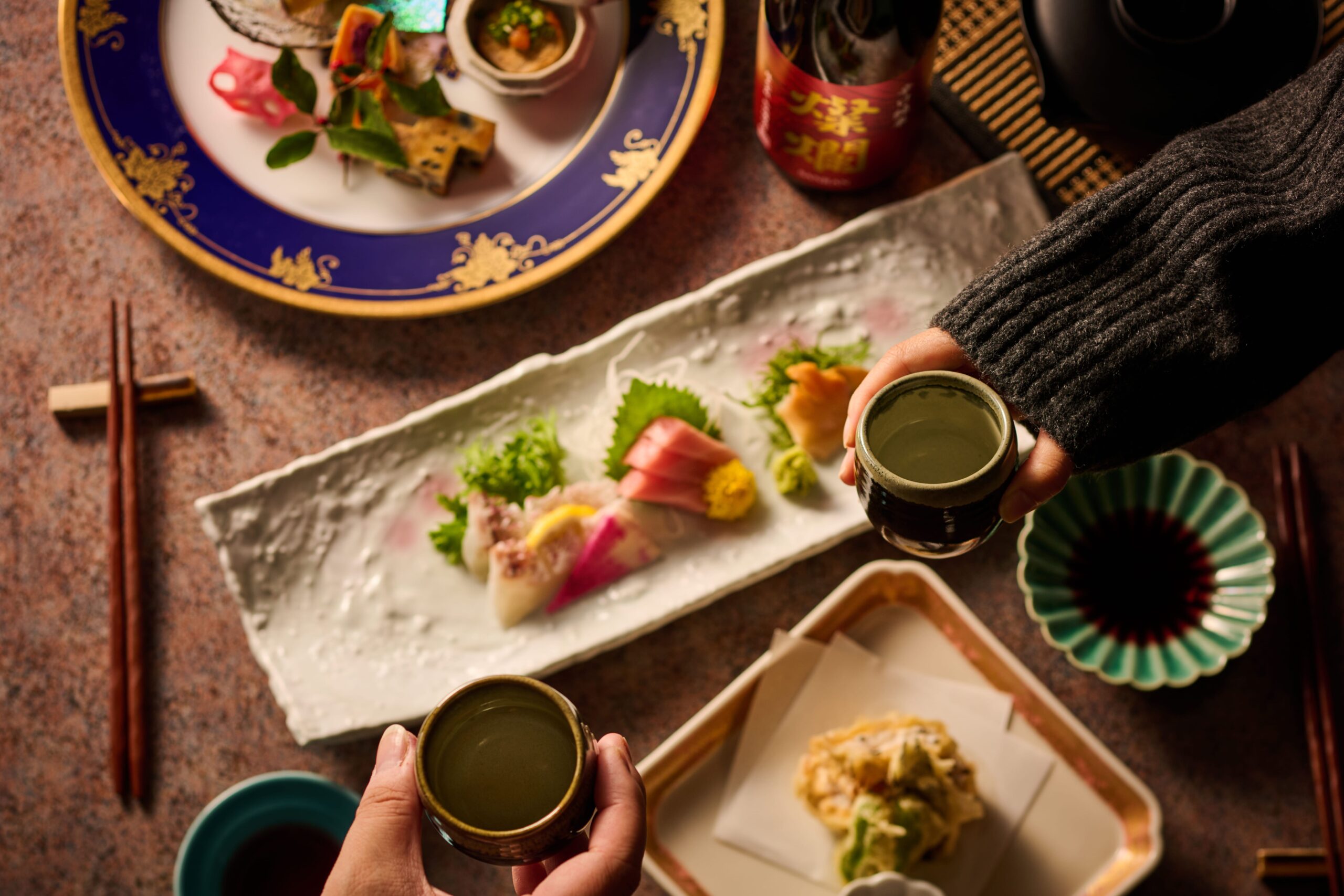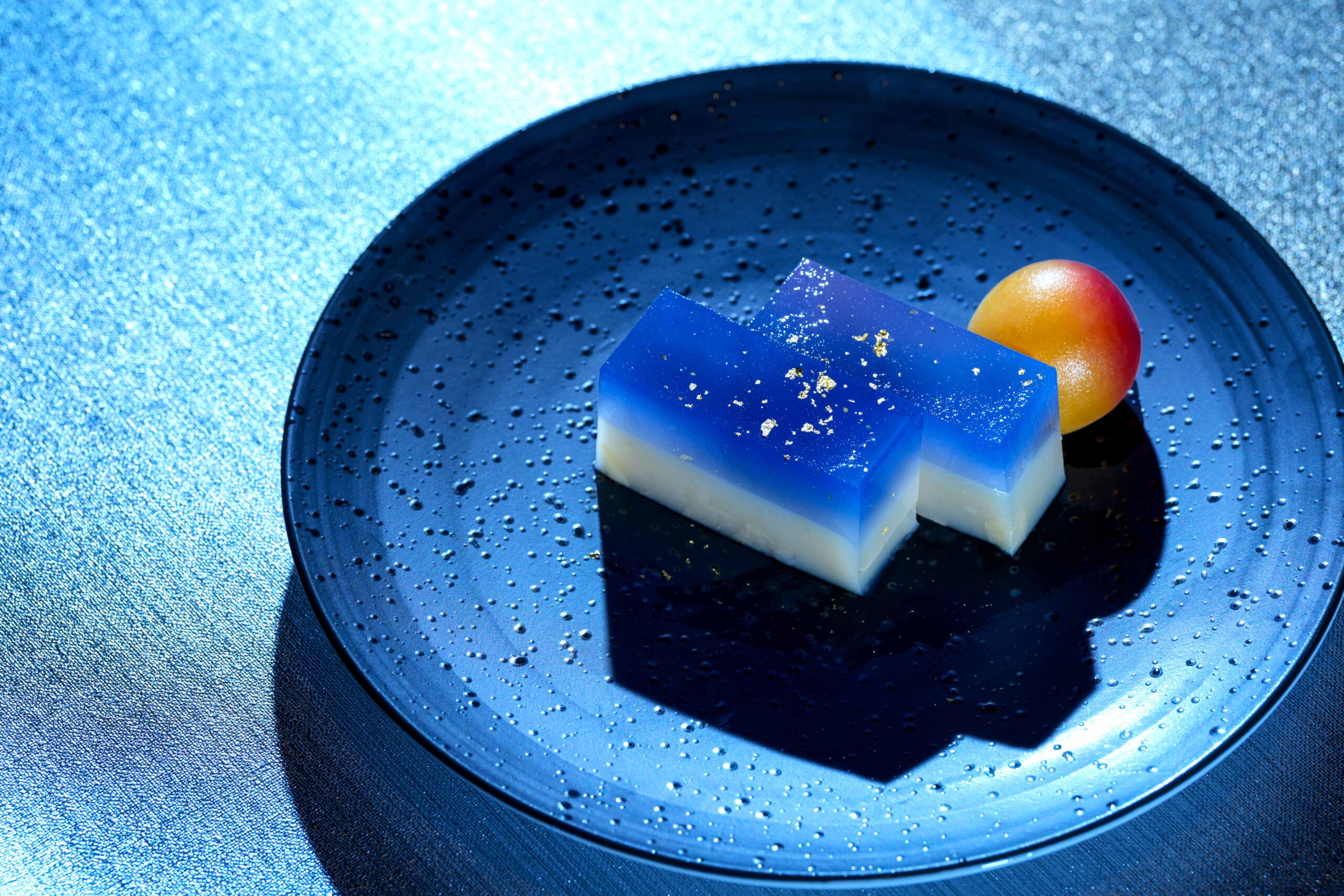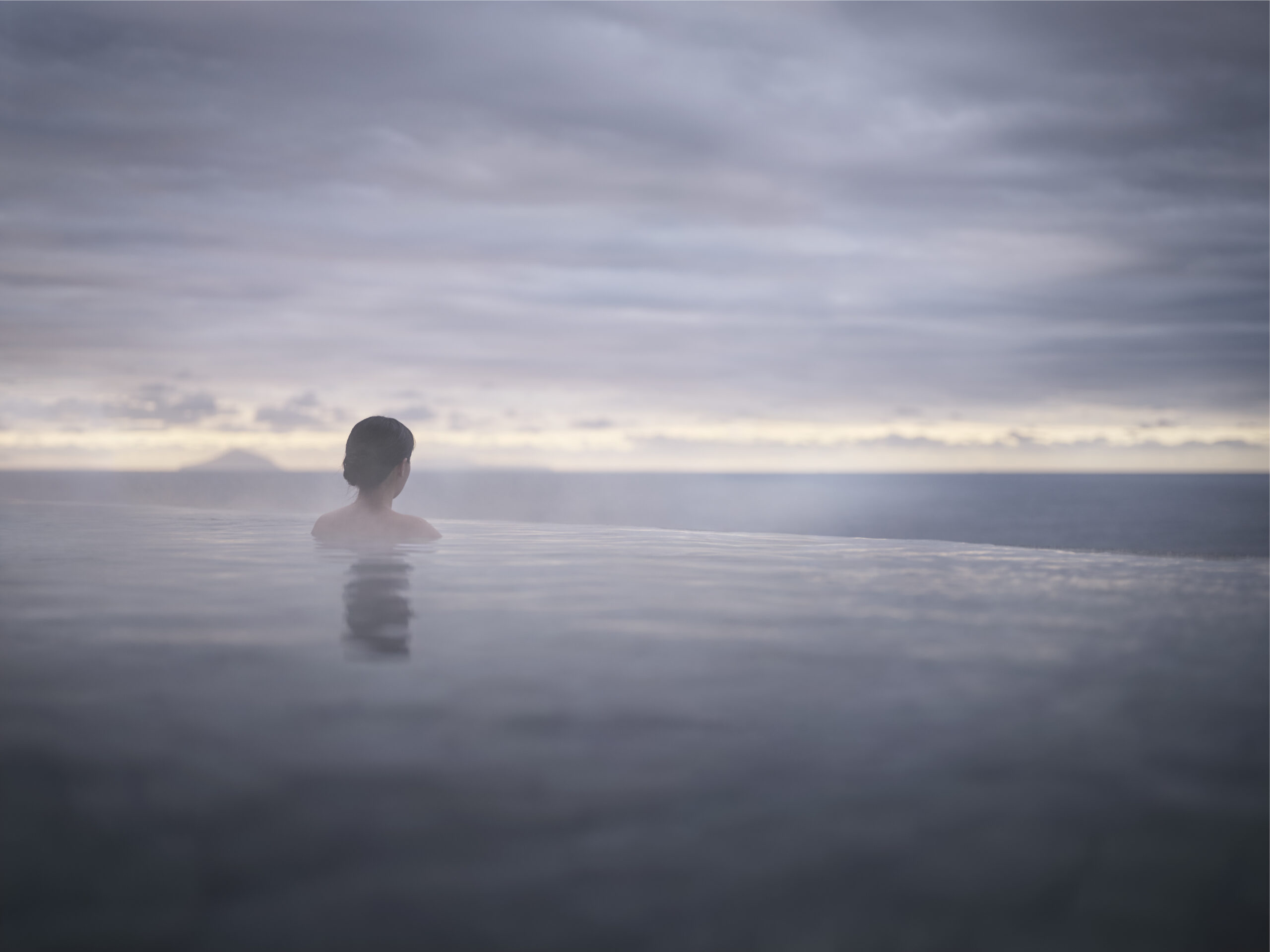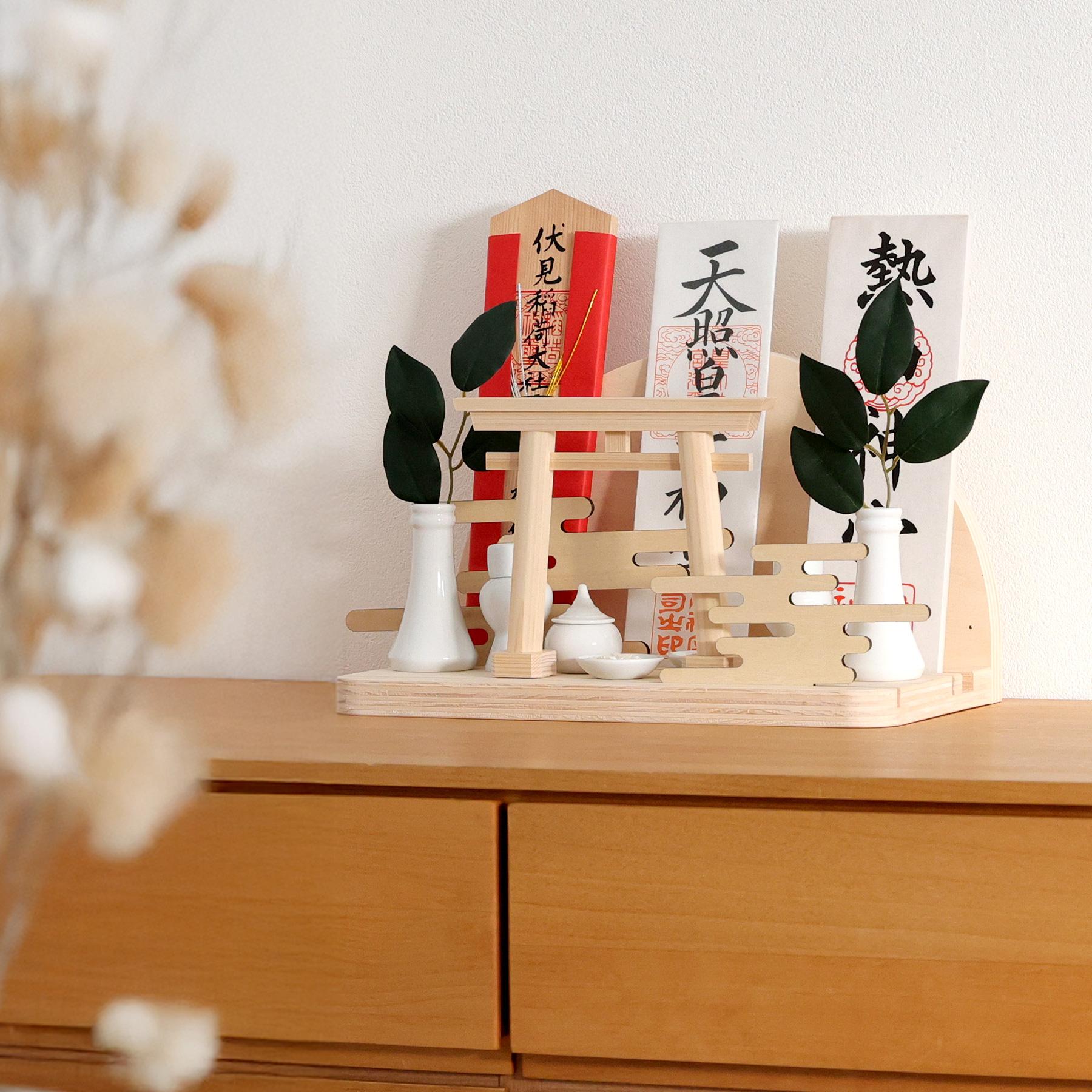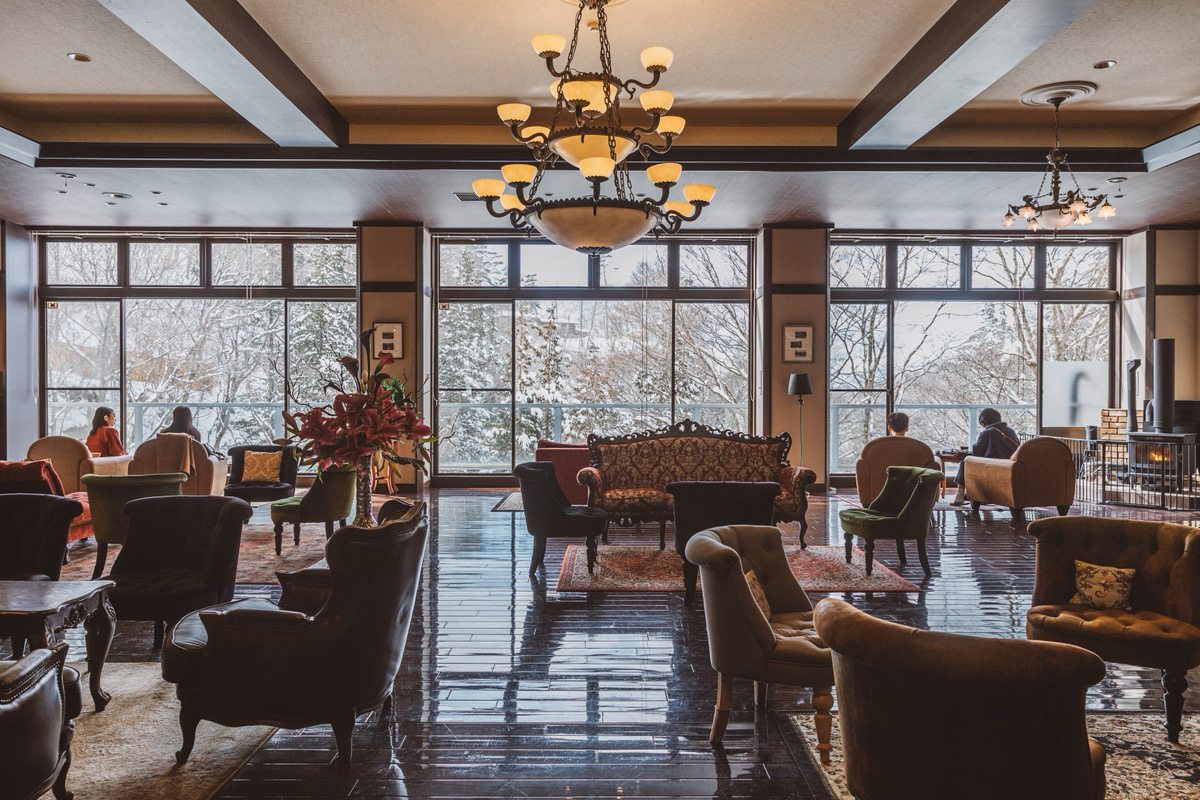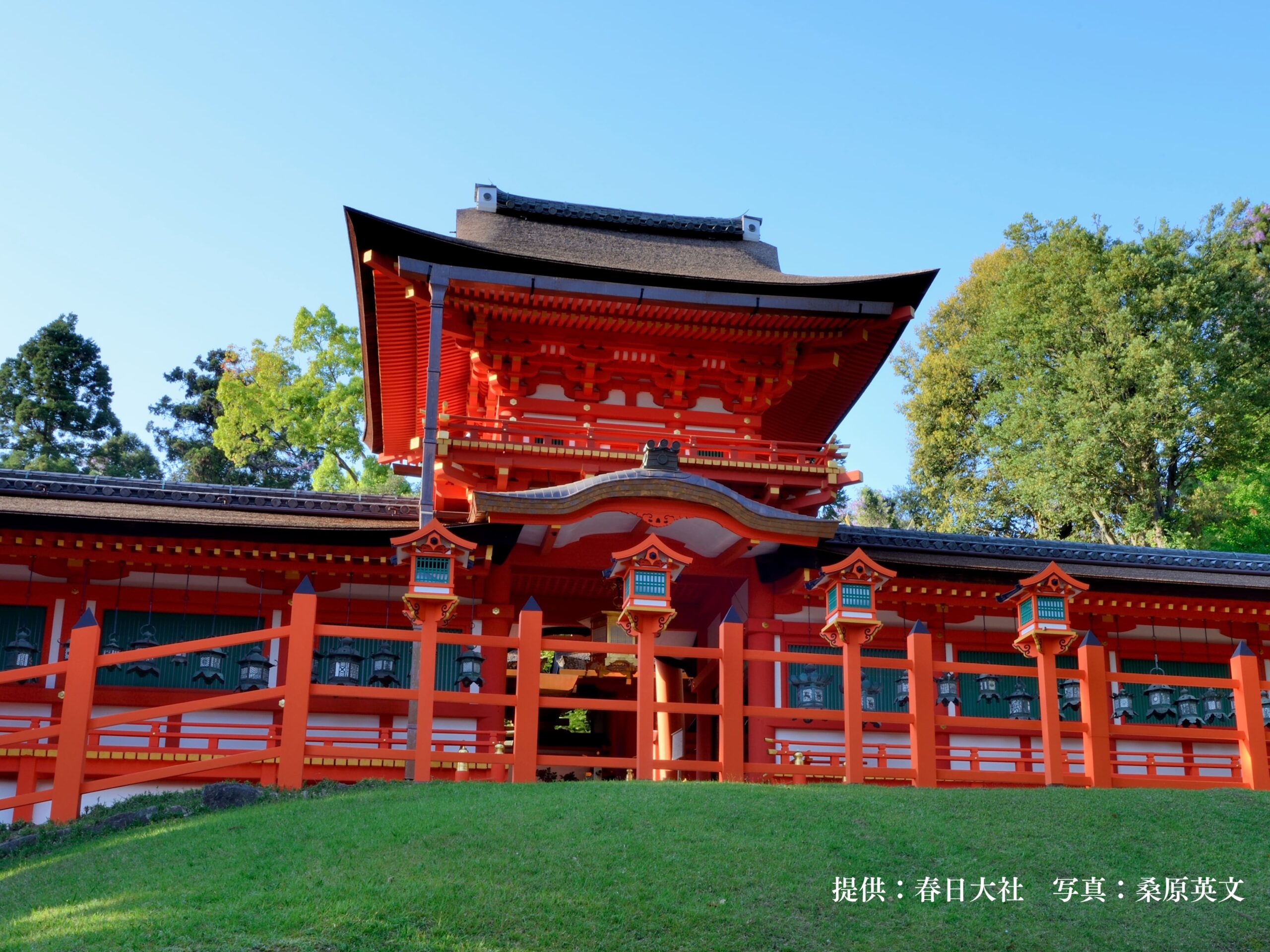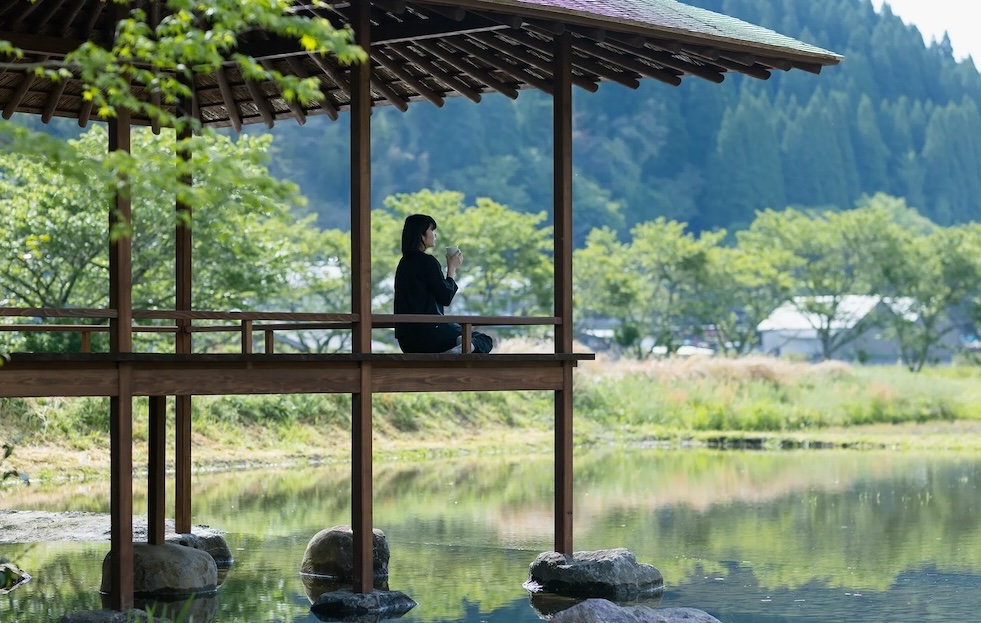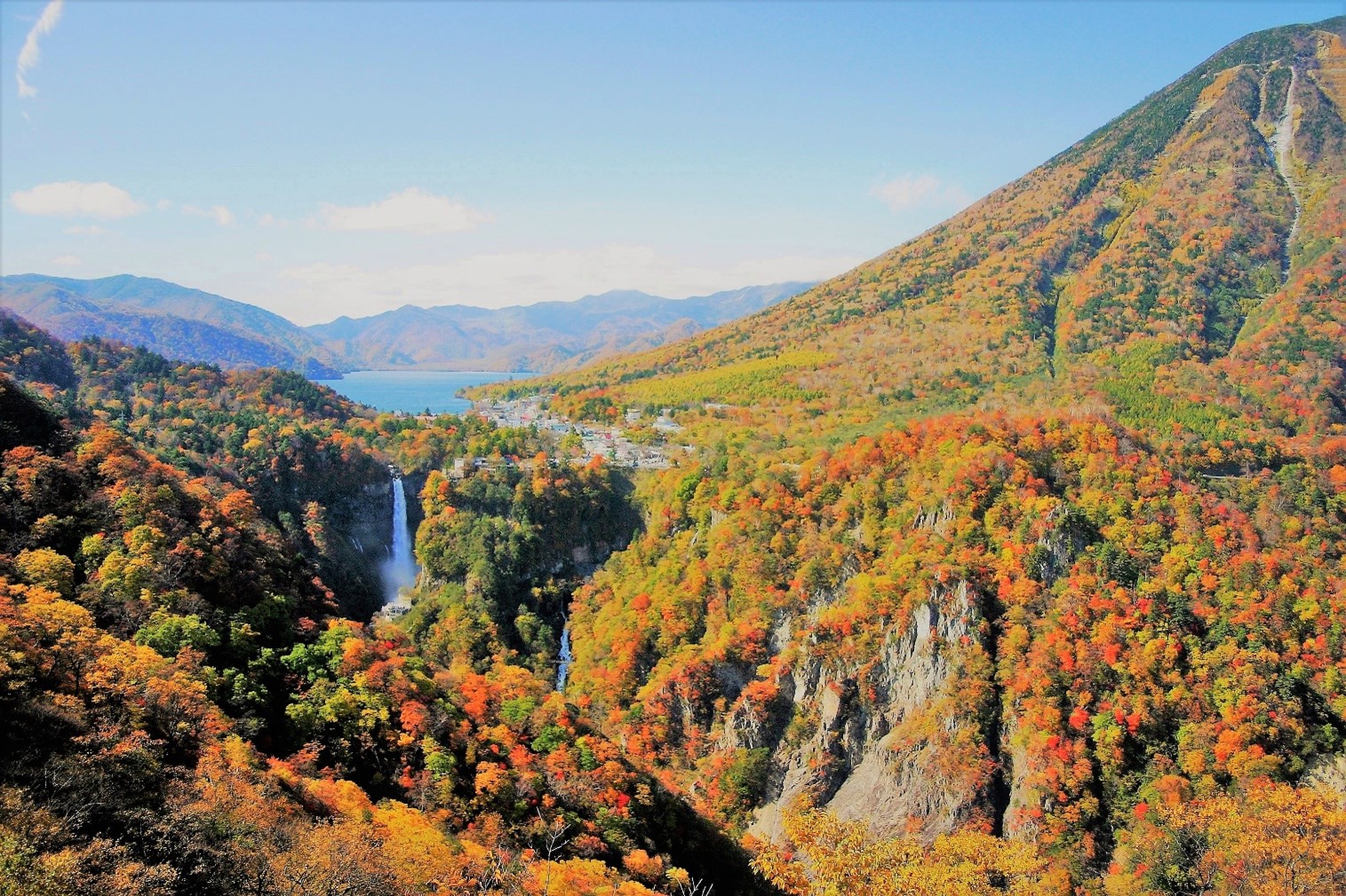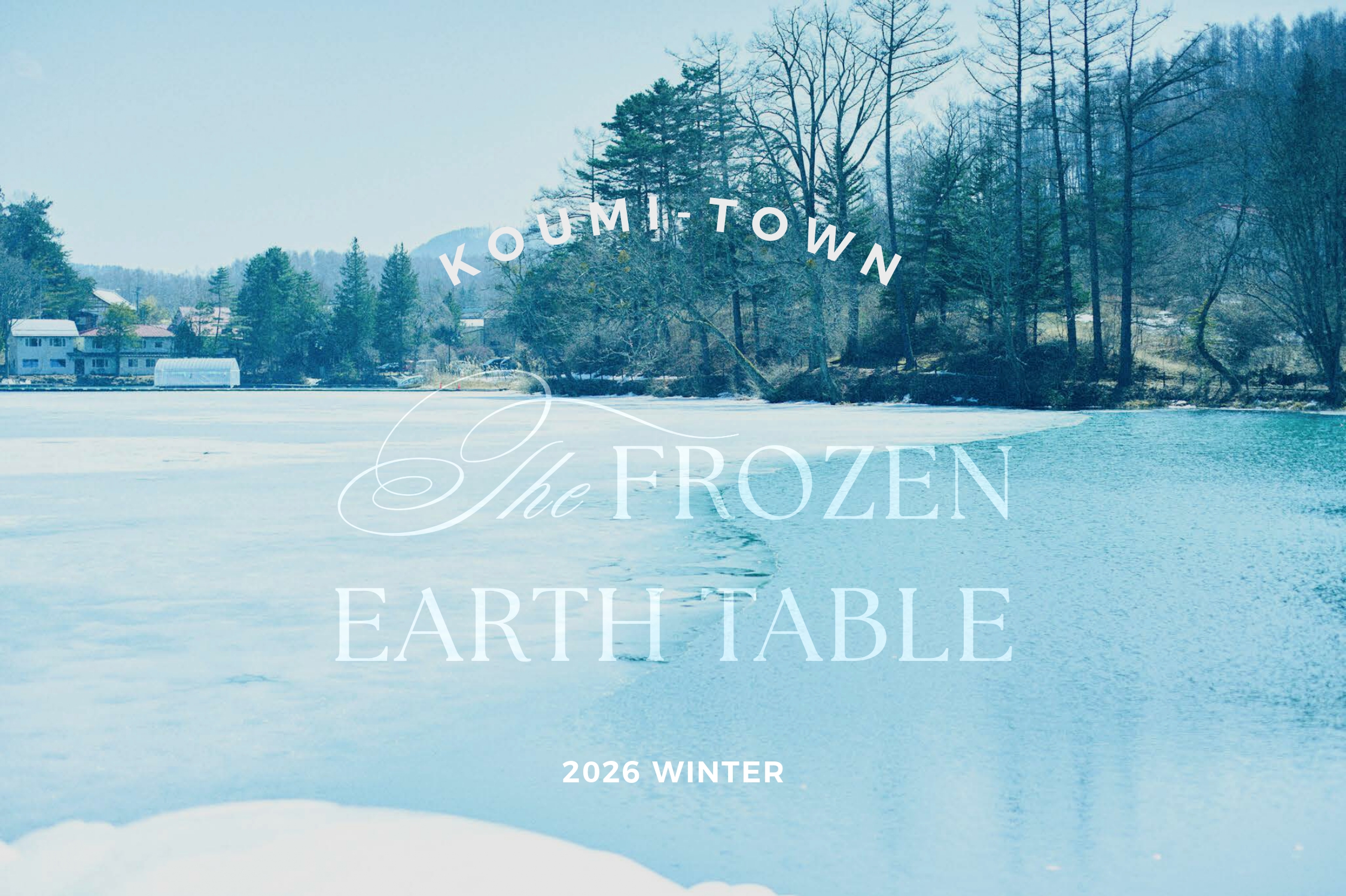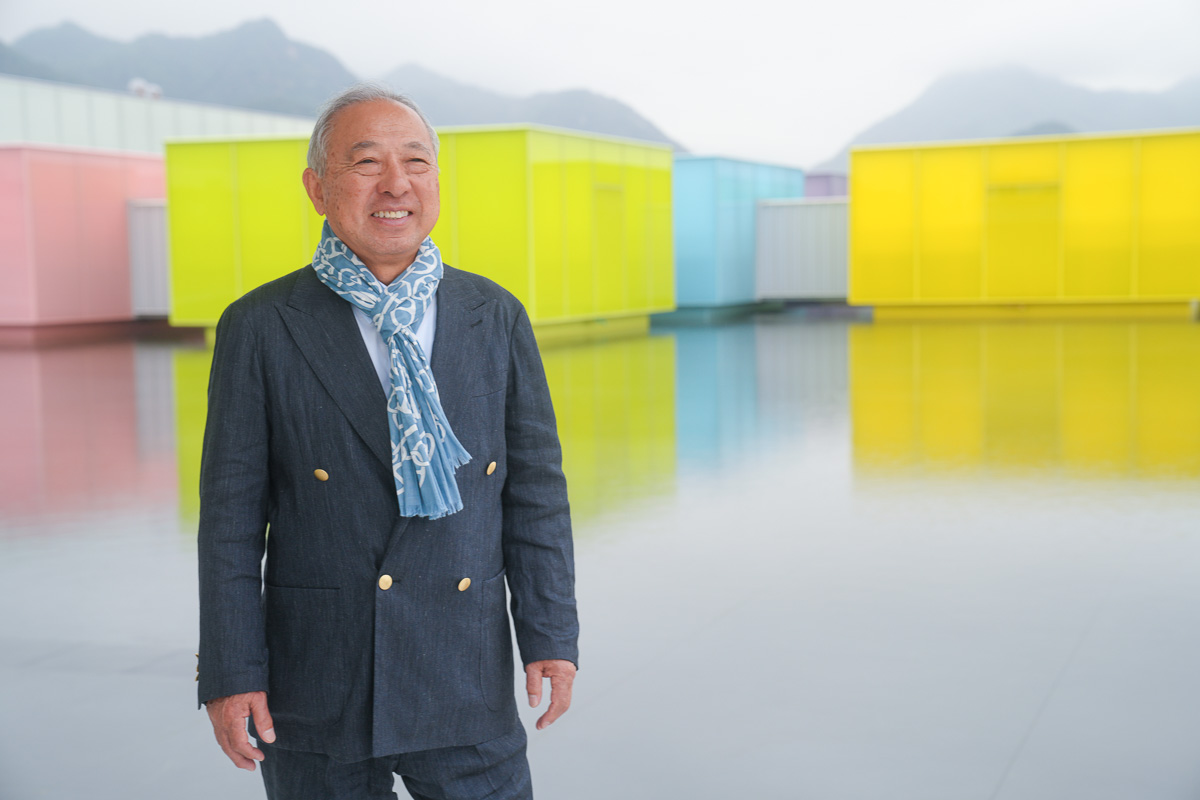The vegetarian cuisine is meat / fish / egg free, simple yet full of creative features, utilizing the characteristics of ingredients.
While repeating the trial production many times, we established a method of combining richness and umami without losing the spirit of Zen and released it as a cup ramen.
In the Zen sect culture where many religions were born and spread since the Kamakura period, vegetarian cuisine has been particularly important in the training life as “meal as training according to the teachings of Buddha”.
With the recent diversification of sustainability, various habits and sensibilities, dietary habits are also required and expanded.
The specialty is “Konbu” and “Vegetables”
How to express the richness and umami of ramen with “no food and animal food at all” was the biggest challenge in commercialization.
The finished “Zendo” base was made by soaking soy sauce with the taste of kelp and vegetables, and using traditional food processing techniques such as fermentation and yeast, it was possible to finish it in a nostalgic taste. The soy meat used on the top is soy meat, which has recently become a hot topic as a substitute for meat. The emphasis on texture and appearance and the use of carefully selected materials complement the voluminous feel of ramen.
In addition, the ingredients that are not usually used in ramen, such as chingensai / carrot / pumpkin, are used to bring out the taste of the broth and aim for a finish that emphasizes tenderness and softness.
Low calorie healthy diet without stomach leaning and guilt
The flavor of noodles fried in oil, which is like cup ramen, is the same as other flavors, you can taste the kindness of the material because it does not use meat / fish / eggs, dieted people, vegetarians, and It is a product that vegans can enjoy.
The calorie is 284 kcal (78 g) and it is also suppressed compared to general instant Chinese noodles (445 kcal per 100 g), and it is designed to be easy to eat even for those who are troubled by eating on a regular diet .
12 Zen Zen sightseeing cards in 3 places that remind you of Zen
We hope that you will be able to learn more about the wonders of Zen Buddhism in the three minutes to complete. Twelve cards are available that describe the highlights of three temples among many.
It describes the depths of history and the structures and artifacts known as contemporary art works.
■Kasuisai (Shizuoka Prefecture): A temple of the Soto sect in Kuno, Fukuroi city, Shizuoka prefecture. , Had the same authority as the Seki three temples. One of Enshu Miyama.
■Jomanji Temple (Tokushima Prefecture): A temple of the Soto sect in Yoshida, Kaiyo-cho, Kaifu-gun, Tokushima Prefecture. It was opened in 1295 by the founder of the Soto sect, Yeongsan Shaojin. It is the ninth oldest temple in the Soto sect and the oldest Zen temple in Shikoku.
■Saijoji Temple (Kanagawa Prefecture): Located in Minamiashigara City, Kanagawa Prefecture, it belongs to the Soto sect and has more than 4,000 gates throughout the country.
Mihon-son is a samurai Buddhist statue and a side samurai Buddha, dedicated to both Buddha and Fugen Bodhisattva.
■Product Summary■
